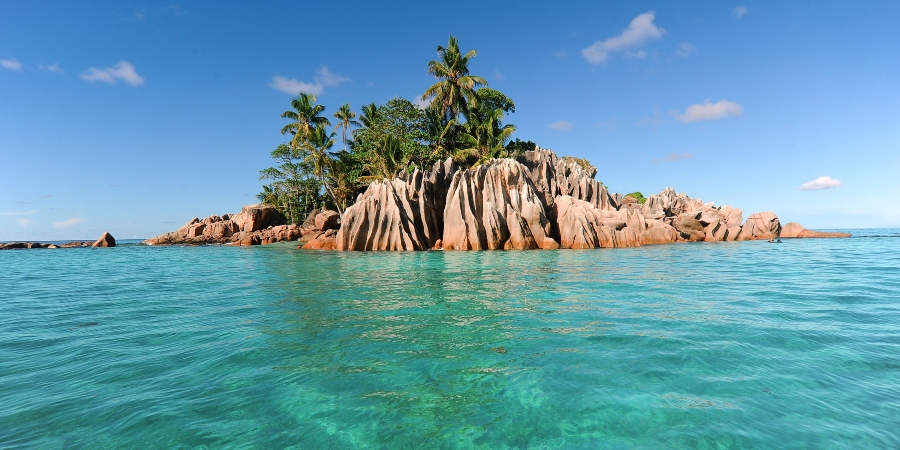
The Seychelles is a popular luxury holiday destination. The islands offer fantastic resorts, the local hospitality is unlike anywhere else, the culture is lively, engaging and welcoming, and the beauty of the sun and the sand is enough to draw in tourists from all over the world. But, these islands are more than just a holiday. They are a bountiful haven for wildlife and nature too!
The archipelago is home to thousands of incredible species of animals, reptiles, birds, flora, fauna, and so much more. Separated from other countries by miles and miles of the vast Indian Ocean, endemic species in the Seychelles have evolved in unique and fascinating ways, far different from what we see back home. Plus, with so much of the island environment under the protection of passionate conservation groups, with two terrestrial and six marine National Parks and two World UNESCO Heritage Sites, the wildlife found here has so much opportunity to thrive, grow, and live freely.
Let’s take a look at some of the stunning creatures and plant life found all across the Seychelles. If you’re lucky, you’ll see just as many on your next adventure too!
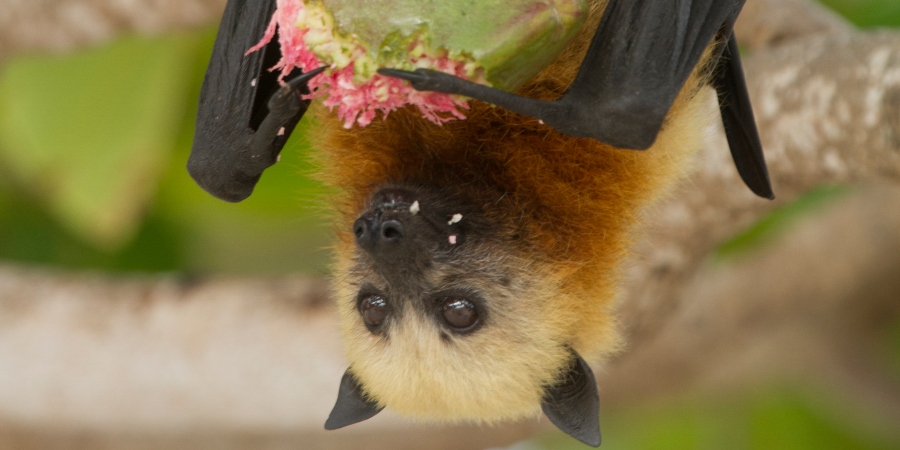
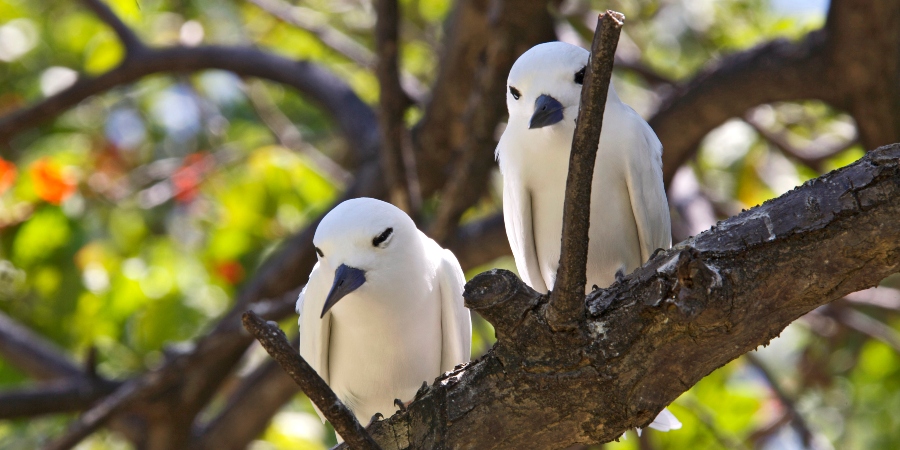
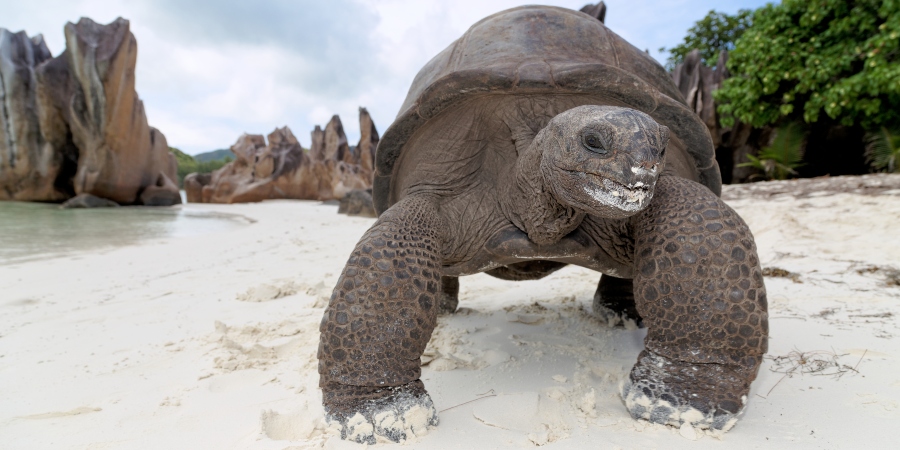
On Land
The Seychelles is split into 115 islands, all with their own wildlife to celebrate. Mahé is the largest and most populated island in the archipelago, but as most of the people reside in the capital of Victoria, much of the landscape is left alone to blossom in peace. At the top of Mahé’s highest mountain, Morne Seychellois, you will find the island’s endemic scops owl, which were saved from the brink of extinction in 2002 and have a very unique, low and raspy call, often mistaken for that of a frog’s croak.
Over on the second largest island, Praslin, they are infamous for the legendary Coco de Mer Coconut. This nut is the largest in the world weighing in at a massive 24 kilograms, it’s bigger than your head! Historically, they represented fertility and were worth their weight in gold. Praslin is one of only 2 places in the world where it grows. If you look high enough into the dense trees, you might be lucky enough to spot the elusive and endangered black parrot, a very rare species found in the Vallee de Mai Nature Reserve.
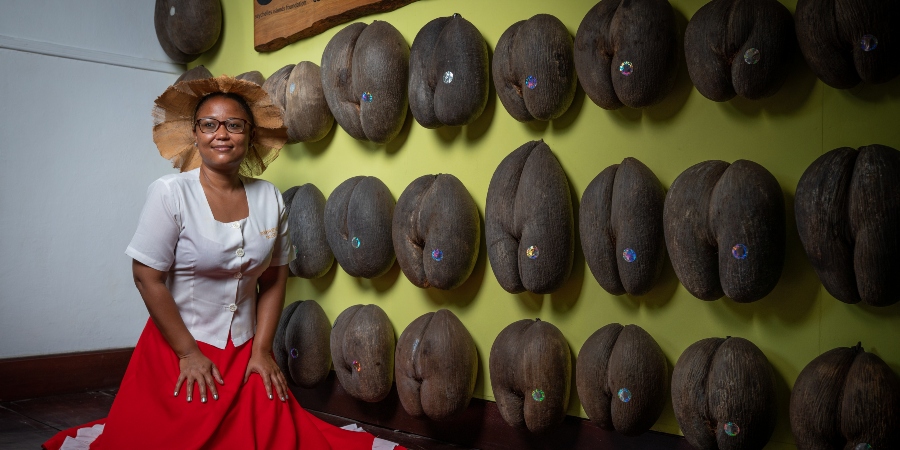
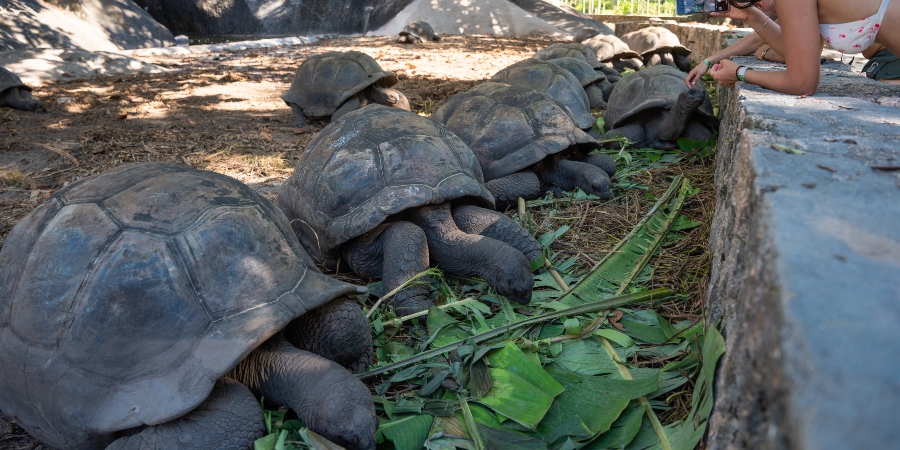
Fregate Island is home to the wonderful Aldabra giant tortoise. These gentle giants are larger than in number than the well-known Galapagos tortoise, as over 2,000 of them roam freely through the forests and beaches. Males can weigh up to 350 pounds, but there’s no need to fear these friendly herbivores, years spent around conscientious humans has developed a wonderful relationship with the species, meaning they are more than up for a cuddle! Tortoises enjoy pets as much as any other animal, we recommend the top of the head, and anywhere on the shell.
Crazy about birds? Then head over to Bird Island! As the name suggests, the island is home to hundreds of beautiful bird species, including great and snowy egrets, little blue and black-crowned herons, sooty and white fairy terns, blue pigeons, noddies, curlew sandpipers and ruddy turnstones… just to name a few! Bird island supports an enormous amount of diverse bird colonies, and guests are encouraged to get involved in conservation projects during nesting season.
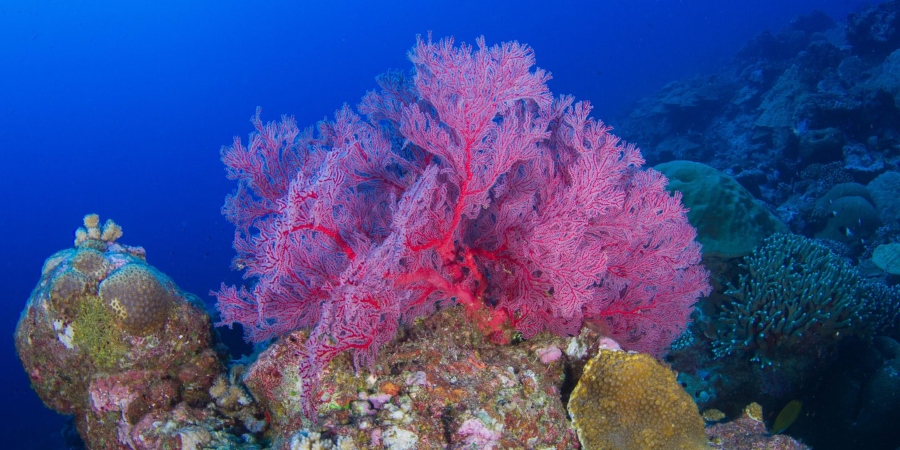
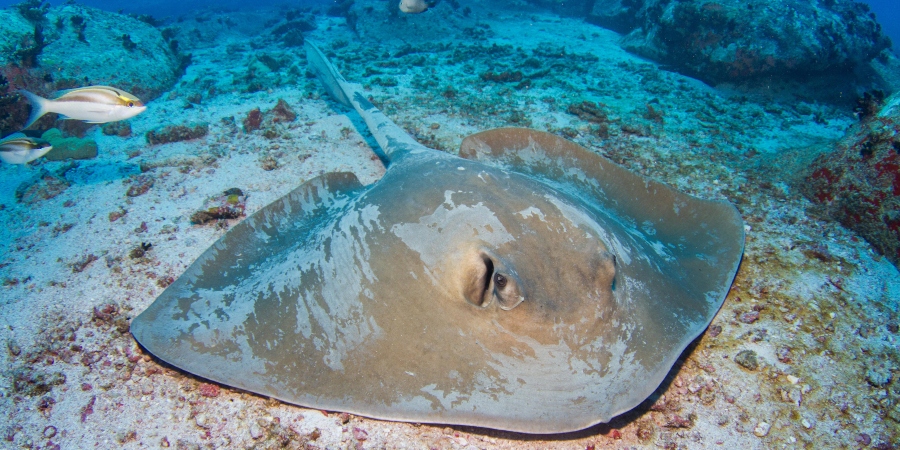
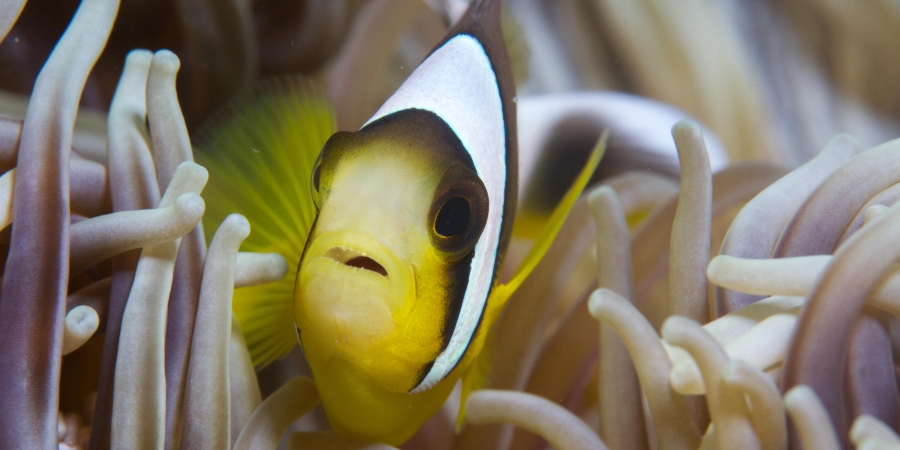
At Sea
The Seychelles is 1.4 million square kilometres, of that, only 459 square kilometres is actually made of land across the 115 islands. As such, one of the main draws of the Seychelles lies beneath the waves, and is the reason why divers from all over the world flock for the chance to interact with their incredible sea life.
The largest concentration of sea life is likely the Sainte Anne Marine National Park, only a boat ride away from the capital, Victoria. Here you will find lush coral gardens and one of the largest seagrass meadows in the archipelago, which is home to thousands of colourful fish, like clownfish, parrot fish, and barracudas. The waters are crystal-clear and very visible thanks to natural sea currents and local anti-pollution efforts, meaning you can snorkel and see right down into the depths.
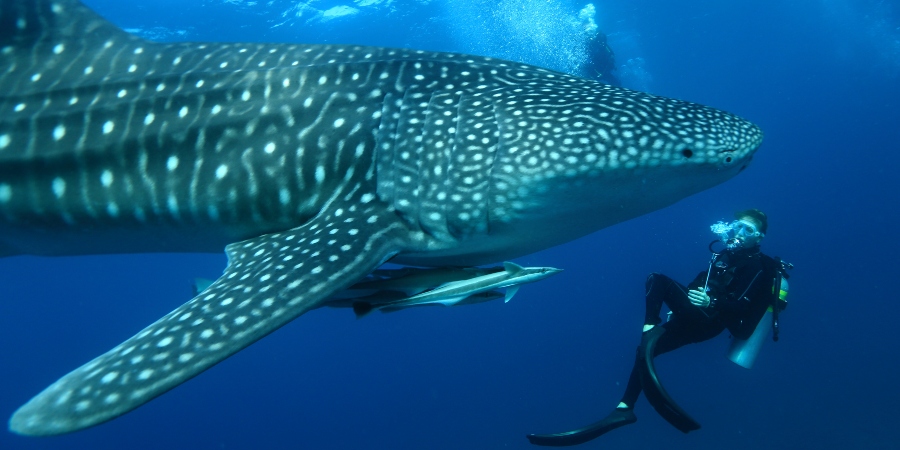
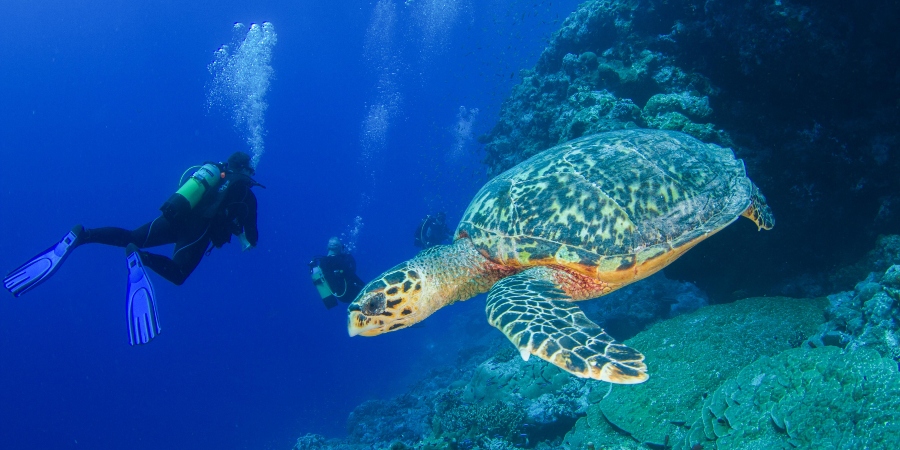
There, you might see the endangered, but prospering hawksbill and green turtle. The hawksbill is known by its narrow, pointed beak that it uses to break apart reefs to feast on sponges and sea anemones. The green turtle is larger but is a herbivore and only eats seagrass, this helps to maintain the health of the grass through natural grazing. Both species are listed as an endangered species, but conservation work across the Seychelles has helped their numbers rise significantly. Many are also friendly to humans!
There are so many fantastical sea creatures to discover, but none larger than the 19,000 kilogram, up to 10m long whale shark. Though its name may confuse some, whale sharks are actually fish, not whales, but are named instead for their gargantuan size, making them the biggest fish species in the animal kingdom. Despite their intimidating size and their shark classification, whale sharks are filter-feeders, feeding primarily on shrimp and plankton – meaning luckily, they’re not interested in having you for lunch!
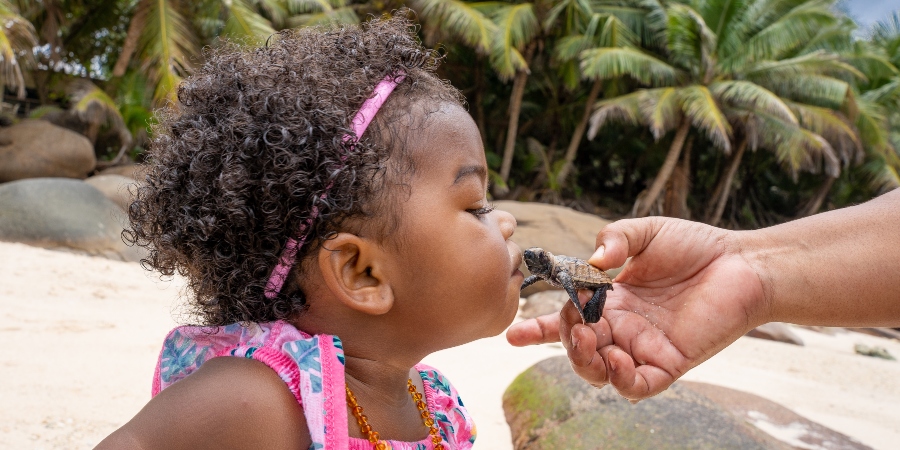
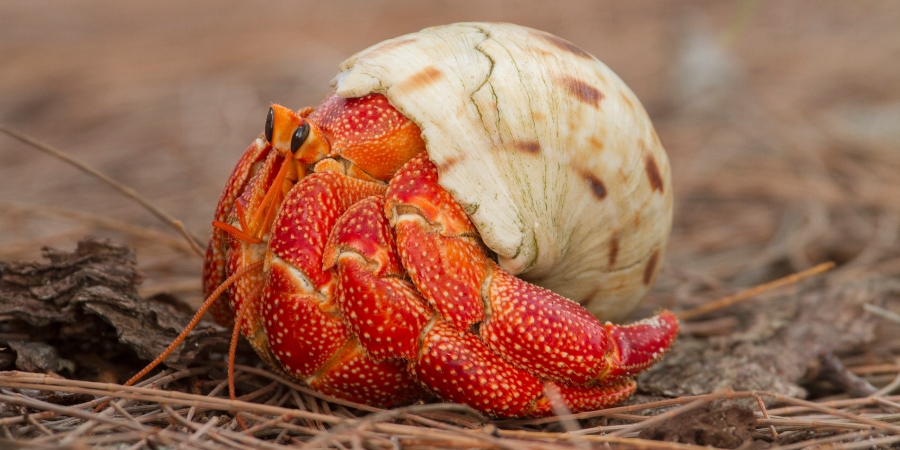
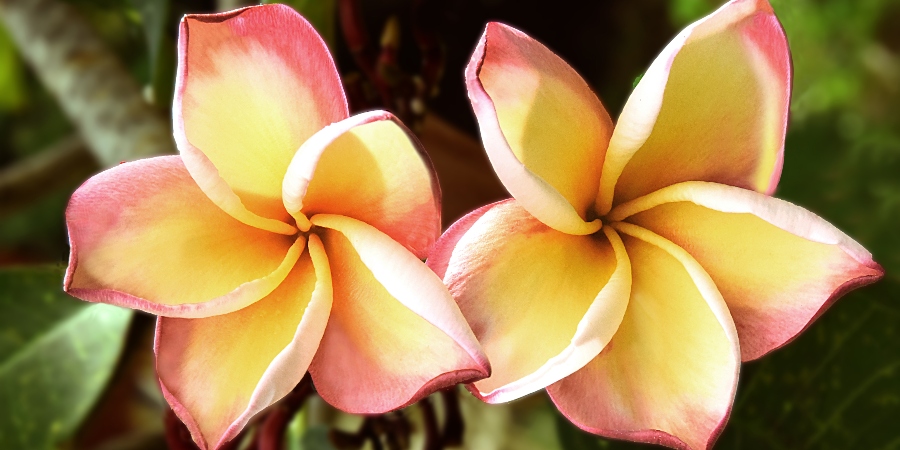
The Seychelles is home to so many endemic and naturally migrated species, it will be difficult to step outside your resort without seeing something incredible. Perhaps a heron will land on your deck, or turtles will crawl onto the shore to lay their eggs. If you consider yourself a nature lover, and find that exploring the exotic animal life brings joy to your holiday, then look no further. The Seychelles is perfect for you.
Image credits to Seychelles Tourism Board.
Categories News, Seychelles



